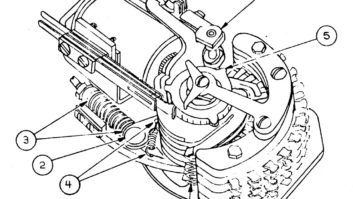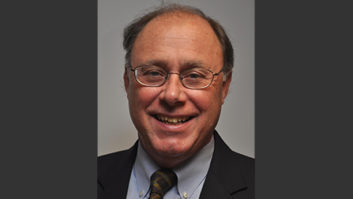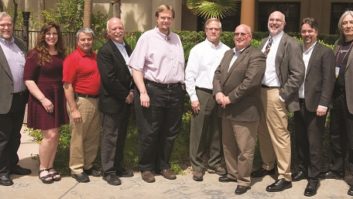For the foreseeable future, there will not be a filing window for new full-service NCE FM facilities in the reserved band.
The FCC does periodically open filing opportunities for new NCE and commercial FM stations in the non-reserved portion of the band. But if you manage a reserved-band station, you also should be aware of possible ways to improve or upgrade your existing facility.
The first and most recent is that with the DTV transition, TV Channel 6 protection requirements that have hamstrung many full-service NCE stations are no longer an issue for a number of these facilities. A previously non-viable power increase or site change now may be possible.
An example of such an upgrade is a recent CP granted to KCSS, Turlock, Calif., based on engineering undertaken by our company, Communications Technologies Inc., increasing the ERP of the station from the prior 400 watt vertical only to 6,000 watt circular polarization. This modification resulted in an increase of nearly 150 percent of population within the station’s protected 60 dBu coverage contour.
Other than a power increase or site change on the existing frequency, an adjacent (minor) channel change can also be explored for possible additional improvement potential.
Mutual, unilateral benefits
Additionally, there still are a number of grandfathered Class A, 3 kW facilities in the commercial band (regulated under Section 73.213 of the FCC rules) that may be able to take advantage of a mutual upgrade with another involved 73.213 station if such a mutual upgrade can be determined to be “in the public interest.”
In the absence of an agreement between these grandfathered Class A facilities, it is still possible to effectuate a site change that may be beneficial to one station if the proposed unilateral station modification remains the equivalent of a Class A, 3 kW facility in the direction of the other involved grandfathered station.
These allocation studies typically are fairly complicated, involving a number of variables; but if engineered carefully, they can afford such stations an upgrade that is worthwhile from both FCC theoretical and real-world coverage standpoints.
Other existing upgrade possibilities include a review of your station’s prior and current allocation picture, which can include an in-depth frequency study of the station’s minor change channels (i.e., three channels above and below the station’s current channel as well as the two intermediary frequencies).
From this study, a determination can be made of the maximum ERP possible on any given frequency from the existing transmitter site. Should the allocation study show that an upgrade on the current frequency and/or at the existing site location is not feasible, possible alternatives can be studied.
If your station can afford it, consider allowing the consultant to perform a study that may permit moving a limiting co- or adjacent-channel facility to an alternate frequency. If effectuated, this change may allow the station to upgrade at its licensed site location.
Finally, a transmitter site change for your station could significantly enhance coverage potential if the allocation situation is improved at the new location and the site is well chosen.
Additionally, the commission has granted waiver requests in specific circumstances involving second and third adjacent-channel overlap of existing facilities where grant of the waiver would “increase the flexibility available to noncommercial stations to make significant improvements in service.”
The commission believes that under certain allocation scenarios, it may be acceptable to permit some small amount of prohibited overlap to or from an adjacent-channel station, where potential service gains warrant this consideration. While the outcome of this avenue is not assured, this may be worth exploring if there are no alternative upgrade options available.
Finally, the commission adopted a modification in its technical rules in December 2000, changing the interfering contour for second adjacent-channel relationships from the prior 80 dBu to the less restrictive 100 dBu interfering contour for full-service noncommercial facilities.
In addition to providing a common interference prediction standard between the commercial and noncommercial FM services, the adoption of this less-preclusive standard created opportunities for NCE FM (and FM translator) stations to potentially increase power and coverage as well as provide them with greater site selection flexibility. Should your station fall into this category, this could be a cost-effective way to enhance the station’s coverage area.
Laura Mizrahi of Communications Technologies Inc. has been involved in broadcast consulting engineering for more than 20 years. Questions of a broadcast technical nature can be sent to [email protected].












